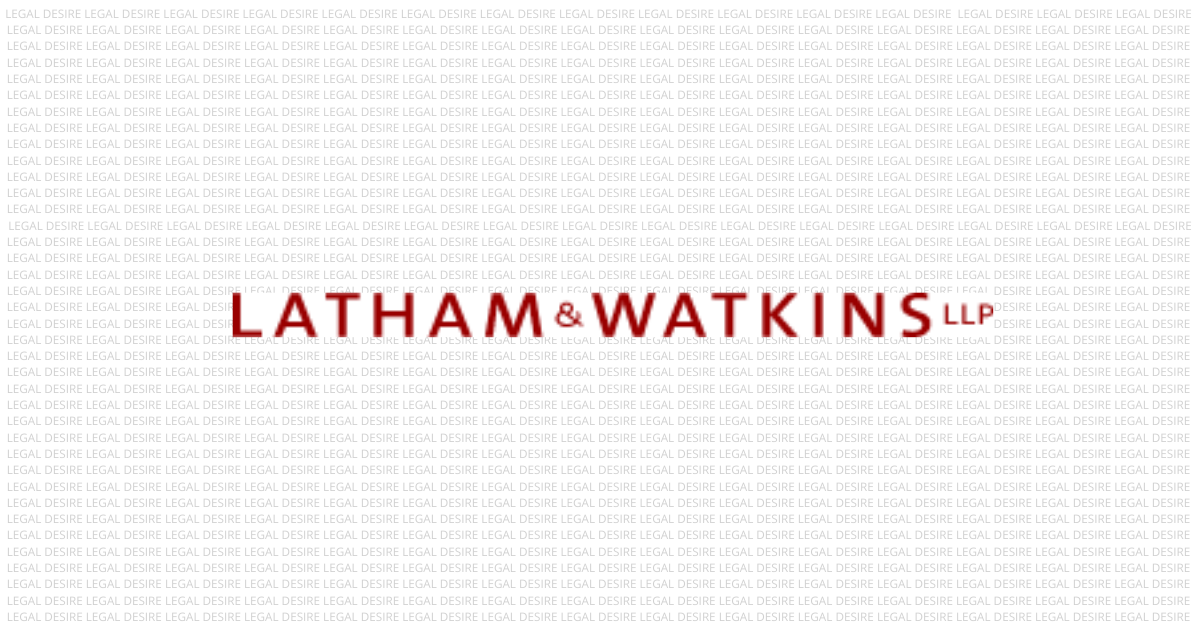Now Reading: 5 key factors to consider when starting a business in Ohio
-
01
5 key factors to consider when starting a business in Ohio

5 key factors to consider when starting a business in Ohio
If you’re thinking about starting a small business in Ohio, you’re on to a good idea. The state’s positive business climate continues to improve, and Ohio has not only a large population but also several major cities, many of which are transportation hubs.
There are almost one million small businesses in Ohio, and they make up more than 99 percent of the businesses in the state. If you’ve never started a business before, the process may appear complex, but it’s actually straightforward to go through step by step. Here are five factors you should be aware of as you begin your Ohio small business journey.
1. Business Plan
A successful business starts with a good idea, and an idea is best articulated through a business plan. You should take time to explore and research your idea. Your business should be something that you have an interest in and a passion for. It will be easier to overcome the inevitable roadblocks if you care deeply about what you’re doing.
If this is your first business, it’s wise to start in a field where you have some knowledge, experience or skill. It’s hard to learn how to run a business and learn the details of a specific line of work at the same time.
You’ll need to assess your chances of making a profit in your chosen area. This is where a business plan comes in. You will estimate how much revenue you can expect, your start-up costs, your ongoing cost, what sales you will need to make a profit and your strategies for achieving those sales. This isn’t only for your own use. If you plan to seek financing, any bank or lender will insist on seeing a business plan at a level of detail that shows you understand what you’re getting into.
2. Legal Structure
Your legal structure determines which taxes you will pay and what paperwork you will have to file. It also determines how much liability you will assume. If you incorporate, you can lose no more money than you invest in your company. With a sole proprietorship, you are personally liable for all of your business’s liabilities, and you could lose personal assets such as your home and your bank accounts if your business incurs disastrous losses or loses a major lawsuit.
- Sole proprietorship is the simplest business structure. There’s no paperwork to file, and your profits are taxed as individual income. However, your liability is unlimited.
- Partnerships are similar to sole proprietorships in taxation and liability.
- A corporation limits your personal liability; you can lose only what you’ve invested in the company and not more. However, you may pay taxes twice: once when you pay corporate income tax, and again when you pay individual income tax on any dividends. To form a corporation, you must file Articles of Incorporation.
- Limited liability companies (LLCs) have some advantages of both sole proprietorships and corporations. LLCs do not pay federal corporate tax on the profits, but profits pass through to the owners as personal income. Owners are protected from unlimited liability in the same way corporations are. To form an LLC, you must file Articles of Organization.
Increasingly, small businesses are choosing the advantages of LLCs. While there are several requirements for forming an Ohio LLC, they aren’t onerous, and there is step-by-step guidance available to steer you through the process.
3. Licenses and Permits
The requirements for licenses and permits depend on your legal structure, your line of business and where in Ohio you are located.
- If you sell goods, you will need a vendor’s license from the Department of Taxation (DOT). This enables you to collect and remit state sales tax.
- If you have employees, you must register with the DOT for employer withholding tax.
- If your business has employees or is a separate tax entity from yourself, you must obtain an Employee Identification Number (EIN) from the IRS. Regardless of whether it’s required, it’s often smart to secure an EIN anyway. You may need it to open a bank account in the business name or transact with other businesses.
- There are additional state and local permits required for some lines of business. For example, food services require food permits. Your municipality can instruct you on which specific permits your business will require.
4. Business Location
The availability of potential customers can vary greatly depending on where in Ohio you are located. The costs of running your business can vary as well. Your business plan should consider such factors as the demographics of the customer base, potential revenue in your chosen location and local rent and utilities costs.
Be sure that your favored location is zoned for the type of business you plan to operate. Local ordinances or your municipality’s planning board can apprise you of any zoning restrictions you might encounter.
You may choose to run your business out of your home, whether it is an online business or a business that provides a service at that location. Again, it’s important to check local ordinances to ensure that you comply with zoning restrictions. Also, you should investigate any other restrictions on business on your property. For instance, if you are a renter or an owner within an HOA, some businesses may not be permitted. Additionally, your home insurance company may require different coverage if there’s a business on the premises.
5. Taxes
As is the case in every state, businesses in Ohio are subject to a number of federal, state and local taxes. If your business is incorporated, you will pay federal corporate income tax, and you may also pay personal income tax, both federal and Ohio, on any dividends that you receive from the business.
Ohio business tax is a little different from most states. Ohio has no corporate income tax, and neither corporations nor LLCs are required to file annual reports. However, Ohio has a Commercial Activity Tax (CAT). While the tax amounts are not burdensome for small business, almost all businesses that have more than $150,000 in revenue are required to pay, regardless of legal structure.
The Ohio CAT is a tax based on gross receipts. It is a progressive tax, but in the highest bracket the marginal rate is 0.26 percent of gross receipts.
Ohio businesses that sell goods are required to collect and remit state and local sales tax. The state rate is 5.75 percent, and the local rate is no more than 2.25 percent, with an average of about 1.5 percent.
Businesses that own real property such as stores, warehouses and factories will have to pay local real estate tax. The taxable value of Ohio property is 35 percent of market value, and the average effective property tax rate is about 1.4 percent. However, that varies greatly throughout the state.
Companies that have employees are required to pay a percentage of payroll for workers’ compensation and unemployment insurance.
Toward a Successful Ohio Business Launch
Starting a small business is a challenge at any time and in any state. However, almost a million entrepreneurs have successfully started Ohio businesses, and, with attention to some key factors, you can join them.
It doesn’t take long to follow all the procedures required by Ohio, but it’s important to do everything by the book from day one. The state is reasonably responsive in processing requests and getting your business set to go. Wait times vary based on the season and your legal structure, but processing a request to establish a business typically takes seven to 10 business days.
However, you should take the time you need to develop your business idea, write a business plan and think seriously not only about how you’re going to launch your business but also about how you will make it profitable.










